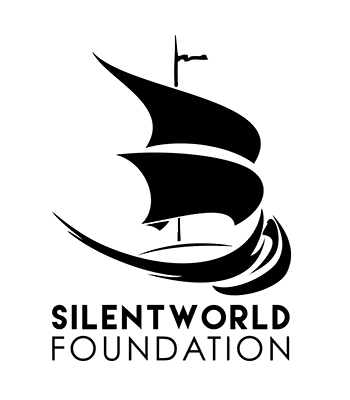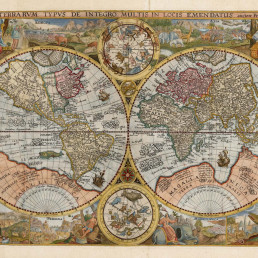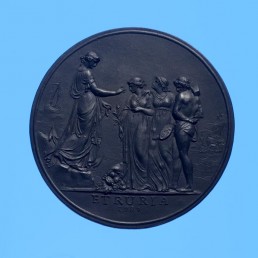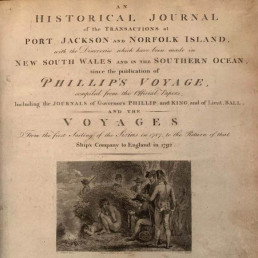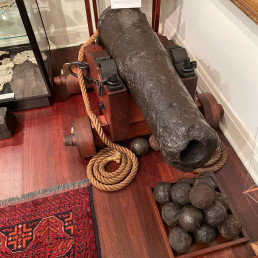
Name/TitleHawkesbury and Blue Mountains from Windsor
About this objectWatercolour by a significant figure in colonial history. Until the appearance of this drawing and two others offered in the same sale in the 1980s, no original drawings by Wallis were known to exist.
This watercolour relates (loosely) to Plate One in “An Historical Account of the Colony of New South Wales”, Wallis’s own publication, issued in London in 1821.
The inscription on the watercolour “with camera lucida” makes this a particularly interesting work. The camera lucida was a small device used by artists to place an outline of their work on to paper and was frequently used by travelling artists in the early nineteenth century.
This is the earliest recorded Australian painting to have employed this technique. The emergence of this watercolour establishes Wallis as an important contributor to colonial art.
MakerJames Wallis - Artist
Maker RoleArtist
Date Made1815
Period19th century
Medium and MaterialsPen, pencil, ink and watercolour.
Place MadeSydney, Australia
Inscription and MarksSigned again at a later date at the lower right beneath the drawing; ‘Major Wallis 46th Regt.’; followed ‘with Camera Lucida’. Watercolour over pencil, pen and ink. The title is inscribed on label, framed.
Object TypeLandscape Paintings
Object numberSF000707
Copyright Licence![]() Attribution - Non-commercial - No Derivatives (cc)
Attribution - Non-commercial - No Derivatives (cc)
Explore by category
Maps and Charts
Date range: 1541-1836
Ship Models
Date range: 1629-1890
Maritime Paintings
Date range: 1793-1849
Manuscripts and Ephemera
Date range: 1768-c1850
Medallions & Convict Tokens
Date range: 1619-1880
Landscapes
Date range: 1768-c1850
Books
Date range: 1694-c1850
Currency and Shares
Date range: 1624-1823
Printed Material
Date range: 1541-1836
Maritime Archaeology
Date range: 1629-1854
Curator's corner
New acquisitions, staff favourites and curios
The mug is decorated with an underglaze and a blue transfer print. On the body, it is titled ‘Emigrants to Australia’. This type of body and glaze was discontinued by 1840. Comparison of the handle shape and the profile of the foot, point to the attribution of manufacture by the Davenport Factory.
Delta was a ship-rigged vessel with two decks and three masts. It was built in Dordrecht, Netherlands in 1839 at the shipyard of Jan Schouten and registered in the same port. Its hull was constructed of oak and sheathed in ‘yellow metal’. Delta was owned by H. van der Sande at the time of its loss and was engaged as a cargo trader.
The Delta carried 29 crew and passengers, while sailing from Melbourne to Batavia in ballast when wrecked at Kenn Reefs on 30 May 1854 whilst under the command of Captain J.G. Kunst. This vessel loss supports the pattern of shipwrecks located on a well-travelled shipping route that was poorly charted until the mid-nineteenth century. The crew of the Delta could see four other shipwrecks at Kenn Reefs at the time of their vessel’s loss.
Important image of a ship associated with Matthew Flinders, that would shortly become one of the most famous early shipwrecks in eastern Australian waters. This is a fine ship’s portrait, by one of the great exponents of the art
